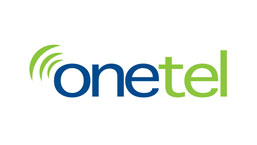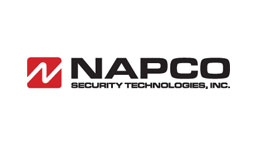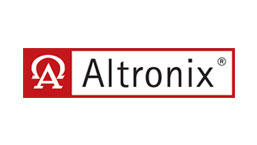CSAA Steps Up UL Dialogue at Marco Island Meeting

UL’s Steve Schmit leads the UL827 discussion at the CSAA Annual Meeting. Photo by Elizabeth Lasko.
In the early morning of the last day of the 2016 Annual Meeting, CSAA members met with Steve Schmit, UL Engineering Manager, for an “Open Dialogue.” Despite the scheduled time of the meeting, and its billing as an opportunity to discuss “inspecting and validating provisions of Section 17.12.6 of UL827, Central Station Services”, a large and engaged group came together. They took advantage of the opportunity to expand discussion beyond a specific detailed requirement and into the broader topics, including overall network security and how UL and CSAA members can work together more effectively on Standards issues in general.
Discussion Starter
Section 17.12.6 addresses physical security for areas housing terminals at dealer or branch office locations that make temporary connections to a monitoring station automation system. These areas are required to have limited access when occupied and a monitored intrusion detection system when unoccupied. Pre-meeting concerns surrounded the ability of a monitoring station to assure compliance on the part of dealers and/or branch offices they serve. In addition, it wasn’t clear how the current requirement would apply to today’s proliferation of mobile devices.
UL’s research showed that the current language is essentially unchanged from its first use in UL1981, Central Station Automation Systems, in the mid-1990s. During the UL827/UL1981 restructuring initiative in 2013, the language found its way into UL827, 8th Edition. This was despite the fact that an Industry Working Group developed the material, it went through public review, and was adopted by an ANSI balanced-interest standards technical panel.
Two Discussions
First, based on input from meeting attendees, UL will develop alternative language that’s a better fit for today’s environment. Tools such as Certification Requirement Decisions will be used to clarify UL’s approach to compliance within their Certificate Service Program. UL will also propose a revision to UL827 so that all users of the Standard can take advantage of language improvements. Given the Jan 2018 requirement effective date for the current language, diligence will be important.
Second, the group discussed closer UL/industry collaboration as key to developing effective Standards in a rapidly changing environment.
The ANSI balanced-interest committee approach is critical to the public’s acceptance of a Standard. However, the stakeholder diversity of a balanced-interest group can make it difficult for the members to appreciate the details/nuances of technical issues and their impact on industry’s ability to deliver valuable services at economically feasible cost.
UL’s Collaborative Standards Development System allows any person or organization to make Standard revision proposals. Schmit suggested an immediate future where UL and CSAA, through its Standards Committee, could leverage our collective understanding of technology, the business, and compliance assessment processes to make timely, relevant, closer-to-complete revision proposals for the Standards Technical Panel to consider.
Action Plan
Earlier this year, UL provided the CSAA Standards Committee a list of UL827 requirements that audit experience suggests need improvement to meet contemporary business practice and technology use. Sub-committees were formed for each, effectively breaking the work into smaller parts that can be worked from initial scoping to proposal as rapidly as possible. Issues include:
- Protecting accessible windows in the operation room
- Supervised sprinkler system in lieu of an automatic fire alarm system in parts of a monitoring station
- Alternate of secondary power supply configurations
- Industry best practices on alarm verification
- Push notifications and other communication techniques in lieu of human operator phone calls
- Network Security Measure (aka Cybersecurity)
Schmit noted that well-crafted Standards can provide a common language and set of expectations that help build a bridge between monitoring service providers and the community of stakeholders that rely on them. All CSAA member companies are encouraged to make people and resources available for this important work. Contact membership@csaaintl.org to get involved.
Thanks to Steve Schmit for contributing this article.










Leave a Reply
Want to join the discussion?Feel free to contribute!